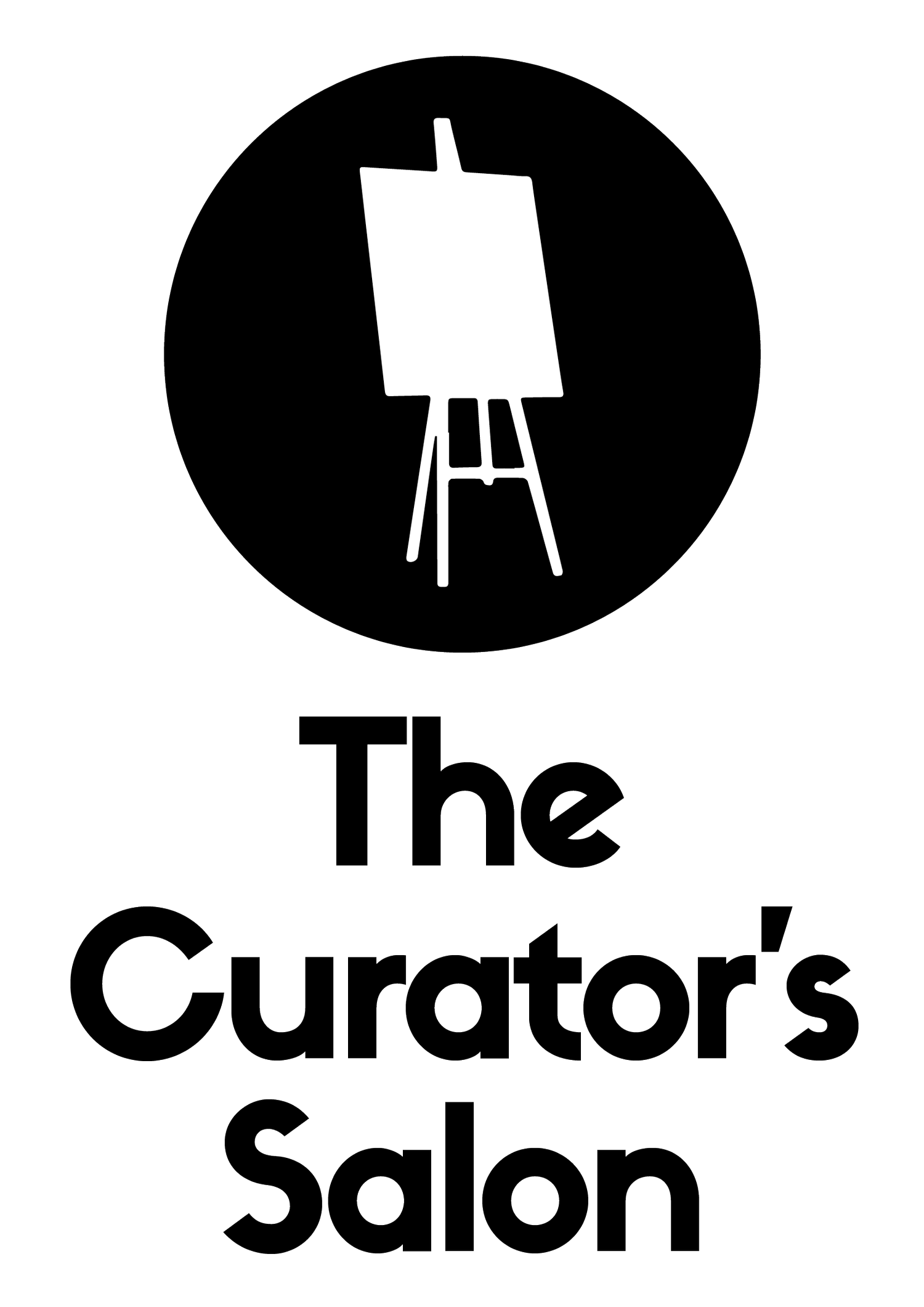Prepare for your First Art Exhibition
Whether you are taking on a gallery rental space, showing at your first fair or having your first exhibition being represented by a gallery, it is a great stride forward in your art career and a really exciting time.
But are you prepared for your first exhibition?
There is more to having an exhibition than having a great body of work and if you have a show coming up then it is time to prepare for your first art exhibition. Exhibitions are a key part of an artists exposure, getting recognition among peers, meeting potential buyers, and growing your audience, so it is really important to get organised so you can enjoy the opening night and the exhibition that follows.
Select the right art works
Firstly of course you need to select the right art works. The artist who is preparing for a rental space, it is tempting to fill it with all the different things you might have produced. A better approach is to pay careful attention to the different bodies of work you have made, or collections. This way the ideas in your work are presented in unity. For both a solo show or a fair you are selling at, you might consider a couple of different price points for the art work you are showing. This can be large and small paintings, or it can be original works and limited edition prints.
Choose carefully and if necessary get advice from someone you trust, whether it be a fair coordinator, an independent curator, or another artist in your peer group that understands your work. If you are working with a gallery, then you should have this advice on hand and be able to work with the gallery to select the best collection.
2. Document your art
Document your art, take photographs of the art work that will be on display. These images will get used for your promotion, included in press releases, shared on social media, and included in a catalogue if you are making one. For this reason you want to make sure they are high quality and you are happy for them to shared.
3. Framing
There are numerous framing styles and you will know what is best for your art work. Try to get a consistent style across your framing so the art work will look cohesive as a display once it is installed. It is a good idea to check the hanging fixtures on the back and that they are suited to the space where you are showing. Most frames come with a wire or cord and D rings. These work in pretty much all situations and allow you to hang on picture hooks or from a rail. I would only suggest mirror plates for an exhibition that will not be invigilated or in public spaces.
4. The written word
It is time to get your artists statement ship shape, and write about the collection of art you are showing. Most fairs and galleries will use what you submit to them for the text to promote the show, so you want to make sure you have written up something that makes sense and you are happy with.
Your artists CV also needs to be ready, and updated. Together these two texts are also the basis of the information that will form the press release. For your own show or a fair you want to have a few copies of this available for visitors to read. To save on paper, I also suggest having a couple of copies laminated or printed onto slim foam board so it is obvious that they are not takeaways. People can read them and return them to you.
5.Plan your time
Installation always takes longer than you think. Even with a hanging system and a plan of how the install will look, there is something about the installation that takes longer than you think. Most people who do this often will tell you it takes as long as the allocated time, and that can often be right up to the moment the doors open to the public.
I do suggest making a plan on paper before you arrive at your space or booth. Start with a floor plan, know the heights of the walls, and plan where each piece will go. You may even want to lay the art works out in the studio beforehand so you know which pieces sit well next to each other. This preparation makes things go much smoother on the day. If you need to use drills or other equipment, make sure you know how to use your power tools, and they are charged and ready for use.
For gallery rentals or fair booths, you may also require some additional furniture. This can be a stool for you to sit on during quiet times, it might be a plinth or a ledge for any print material such as a visitors book for people to join your mailing list, postcards, business cards, or a catalogue.
Your first art exhibition should be an enjoyable experience, so remember to stay grateful for the opportunity. A successful show should lead to more shows, opportunities and sales, and this is just the start of your journey into the art world.
If you don’t have an exhibition coming up and wish you did, check out this free ebook that shows you 7 places to exhibit without using a gallery.
Get it here.


